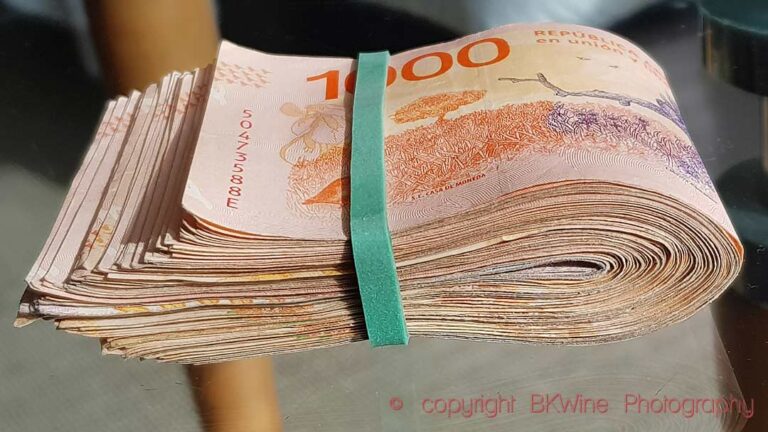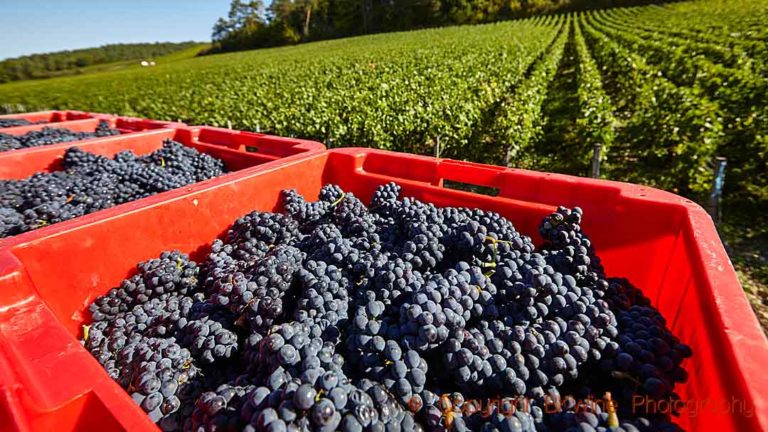Wine consumers around the world drink sparkling wines like never before. The message from producers and wine writers has been clearly understood. Bubbles can be drunk at all times and not just when you are celebrating. The production has increased by 57% since 2002. The world now produces 2.5 billion bottles or sparkling wine. This is just under 8% of the world’s total wine production of 32.5 billion bottles.
We have looked at newly published statistics about which countries and regions produce all these bubbles and how the markets look for production, export, consumption etc.
This article was originally published on Forbes.com in a shorter version.
Today, the top five producing countries of sparkling wines are:
- Italy, 660 million bottles, 27%
- France, 550 million bottles, 22%
- Germany, 350 million bottles, 14%
- Spain, 260 million bottles, 11%
- United States, 162 million bottles, 6%
- Others, 500 million bottles, 20%
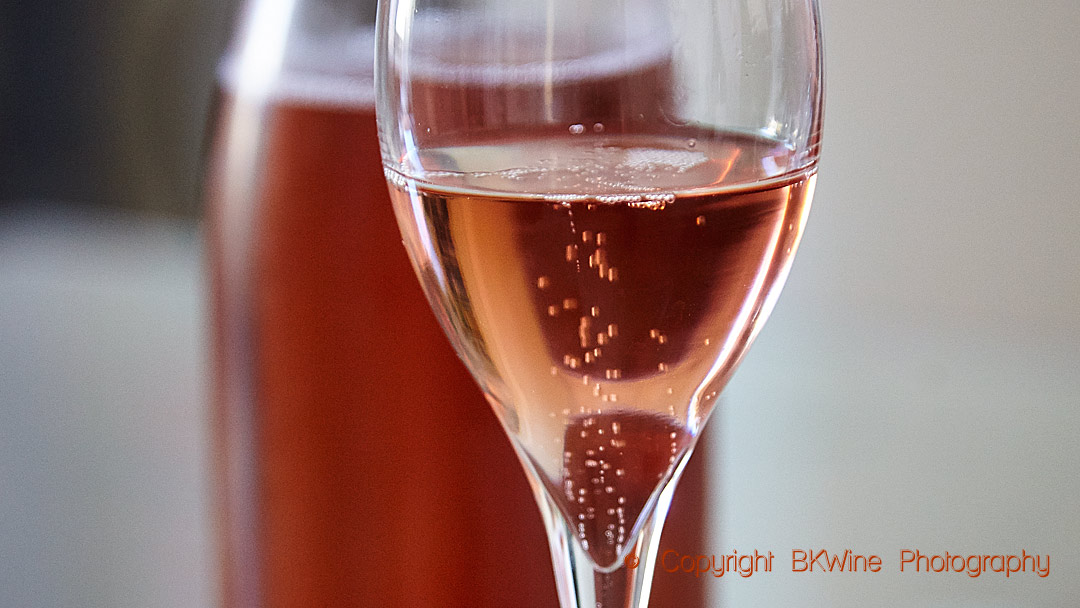
The most important sparkling wine in the world today, in terms of volume, is Prosecco. So, of course, Italy is the leading producer. Italy makes 27% of all the sparkling wines in the world, followed by France with 22%. Together with Germany (14%), Spain (11%) and the United States (6%), they account for 80% of world production.
The remaining 20% is made by several different countries. Those who have shown the greatest increase over the period 2008–2018 are Australia, Brazil, United Kingdom and Portugal.
Sparkling wine is exported to a greater extent than still wines. A significant part of wine exports from Italy, France and Spain is sparkling: 19% for Italy, 14% for France and 9% for Spain. Italy, France, and Spain represent 85% of world sparkling wine exports in 2018, in volume.
Only 9% of the world’s wines that are exported are sparkling, but they account for 21% of the export value. But as we will see, this value is not evenly distributed among the countries.
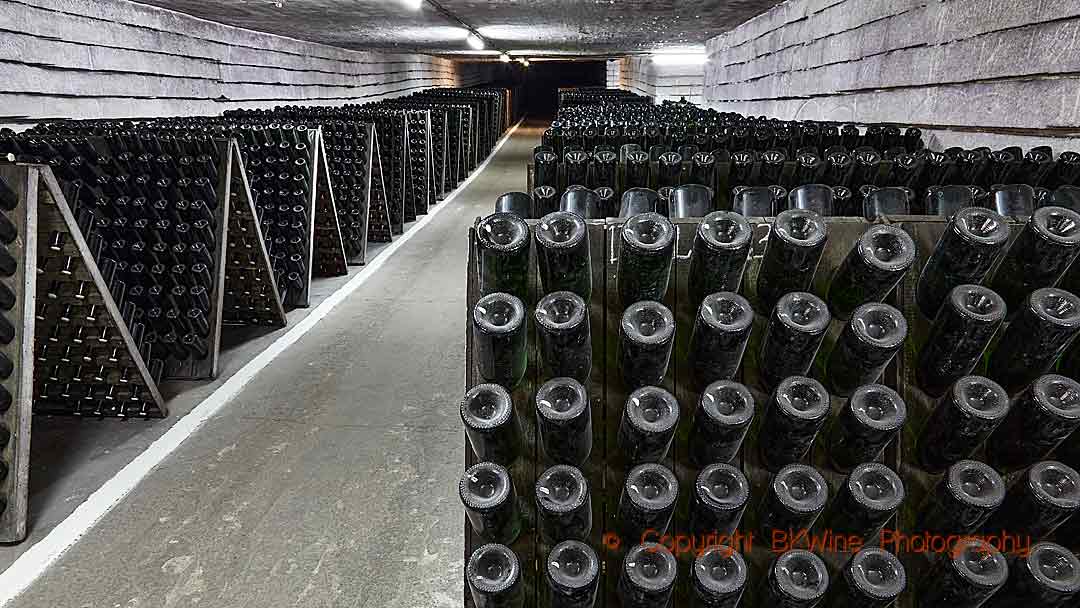
Who drinks all the bubbly wines?
Germany is the biggest consumer of bubbles in the world (quite a lot produced domestically), followed by France, USA, Russia and Italy.
The two largest importers are the United Kingdom and the United States. In 2018 they imported 175 million bottles each. Germany is second with 88 million and Belgium and Russia share third place with 50 million bottles each.
In terms of value, the United States is the largest importer, followed by the United Kingdom, Japan, Germany and Singapore. (Singapore probably re-exports quite a lot of that.)
Italy and the rise and rise of prosecco
Italy makes 660 million bottles (5.3 M hl), which is more than 10% of the country’s total wine production. And this is, of course, thanks to Prosecco’s enormous success worldwide.
Almost 500 million bottles of prosecco are now made each year. The large denomination prosecco DOC accounts for the majority of these bottles. This popular wine is produced in northeastern Italy, mainly in the Veneto region. But there is a small production of prosecco also in the neighboring region of Friuli Venezia.
Prosecco DOC was established in 2009 and today it covers around 69,000 acres (28,000 hectares) with a production of approximately 435 million bottles (3.5 million hl). This makes Prosecco DOC by far the largest DOC region in Italy.
The grape used to make the wine prosecco was until recently also called Prosecco. Officially, however, the grape is called Glera since 2009. This name already existed as a synonym for the grape in the region of Friuli Venezia. In this region, just north of Trieste, there is also a small village called Prosecco.
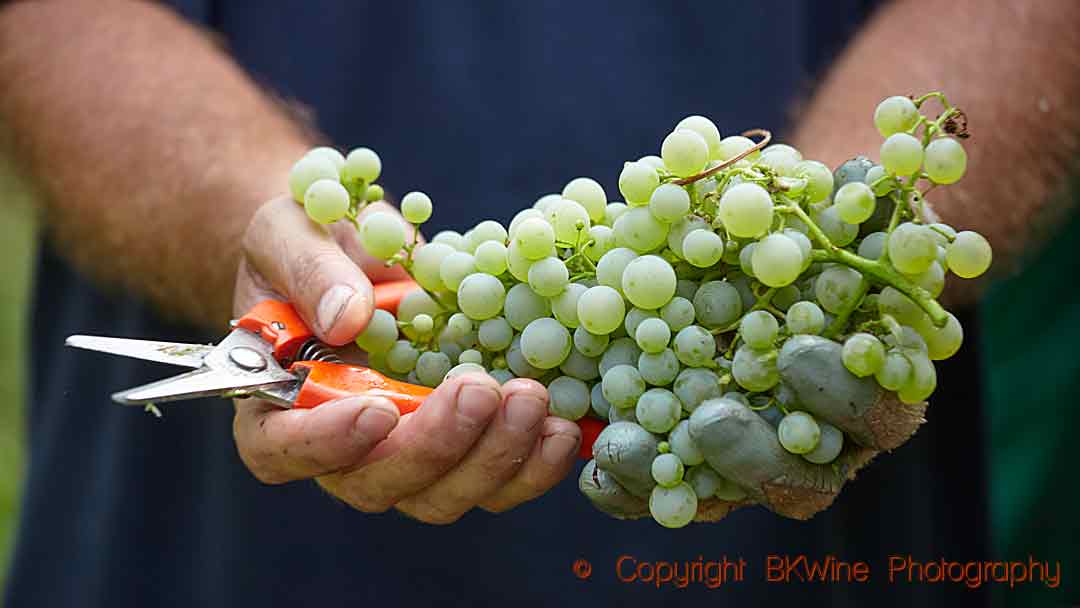
In 2009 an effort to promote and enhance the Prosecco brand started. A (large) part of this effort was to convert Prosecco from being a grape name to being a name of a geographical region. In 2009, therefore, the Prosecco Consorzio applied for a name change of the grape. One of the reasons for this was that a grape name (Prosecco) cannot become a protected denomination, but a geographic name (Prosecco) can. So the change was made with the optic of preventing other regions put the word prosecco on wines made from that grape.
Prosecco has thus today become a geographically protected area and the grape can no longer be called Prosecco. This prevents other regions/countries within the EU from using the word (and countries outside the EU to sell “Prosecco” in the EU). However, in some countries the name Prosecco is still used for the grape (for example in Australia and New Zealand).
Between 2000 and 2005, the plantings of Glera tripled in Italy.
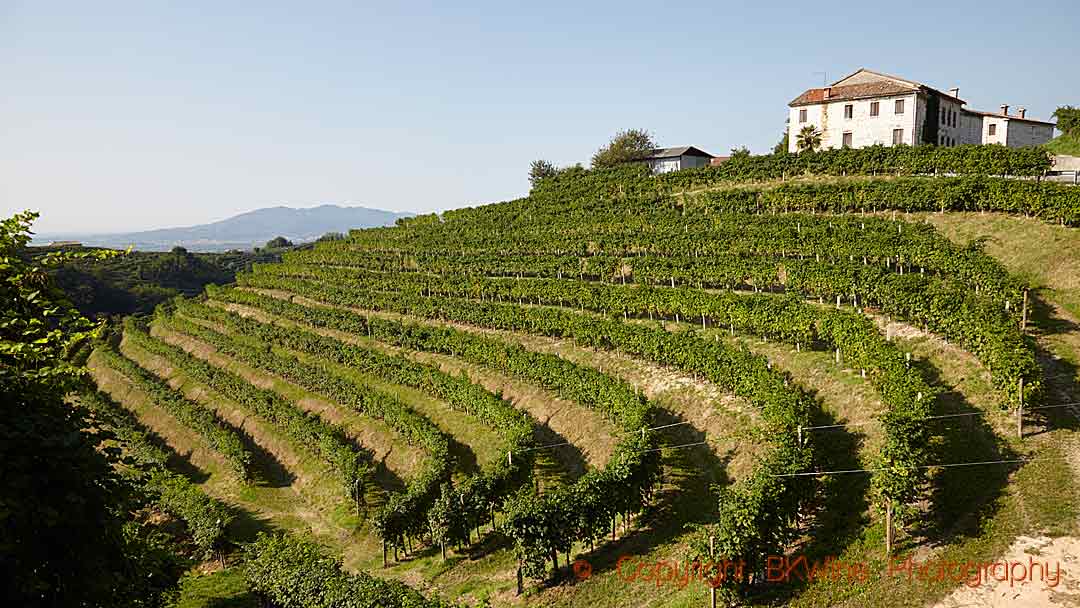
Prosecco is to a large extent an unpretentious wine, a volume product with high yields and a quick production process with a second fermentation in a pressure tank. Better quality Prosecco exists and the easiest way to find them is to look at the price. To spend a little bit more money pays off. Aim for Prosecco Brut instead of Dry or Extra Dry (these latter are actually fairly sweet).
Other sparkling wines from Italy have also seen an increase in their sales lately, such as Franciacorta DOCG in Lombardy and Trento DOC in Trentino, both with the second fermentation in bottle (often called the “traditional method”).
Italy exports 485 million bottles (3.9 million hl), which is 43% of the world’s exports of sparkling wines. This is an increase per year since 2002 of more than 10%.
In value, exports amount to 1.5 billion euro, which is 25% of the world’s total export value for sparkling wines.
What will happen now, in the wake of the corona crisis, is hard to say. Will prosecco be able to continue to sell its large production? Maybe the solution will be to cut down on harvest yields, which are very, very high today, and invest more in quality Prosecco? Could production of still wines be a solution if the demand for Prosecco decreases? Glera is an untried grape for still wines but maybe we will soon see how it will fare.
France: Champagne is the unchallenged price-leader
France does not produce as much sparkling wine as Italy, but on the other hand it sells its wines at higher prices.
The production of sparkling wine in France is around 550 million bottles (4.4 million hl). Of this, around 60% is Champagne.
43% of the production is exported. France exported approximately 240 million bottles of sparkling wine in 2019, of which 156 million was Champagne. France accounts for 21% of world exports in volume, down from 33% in 2000.
But France still accounts for 52% of the world’s total exports of sparkling wines when measured in value. But in 2003, the figure was 70%, so even in value it is a substantial reduction in 15 years, relative to the market share of other exporters. France’s exports of sparkling wine are worth 3 billion euro, twice as much as Italy’s.
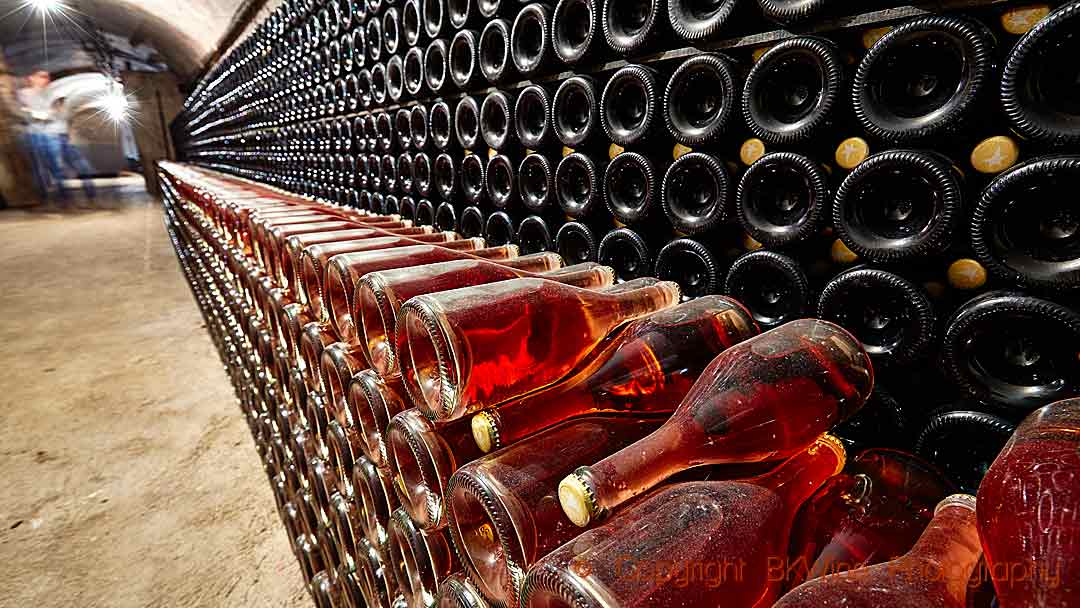
Champagne
Champagne is not the world’s most important sparkling wine when measured volume but they are, and by far, if we look at value. Champagne accounts for 12% of the volume of sparkling wine in the world but 33% of the value. The domestic market for champagne has declined slightly, but exports continue to increase. In 2019 turnover was 5 billion euro, a new record for the region.
For the first time in 2018, the export market for champagne overtook the domestic market. The trend continued for 2019 when 52.4% was exported and 47.6% was sold in France. The domestic market fell by 4%. The three largest export countries in volume in 2019 were the United Kingdom, the United States and Japan.
In value, the United States is by far the biggest ahead of the United Kingdom and Japan. Exports to the US increased by 8.3%. Japan also accounted for a rather large increase last year, 5.2%. Both of these countries buy more expensive prestige Champagnes than other countries. In Europe, Italy increased by 12.7% and Spain by 3.3%.
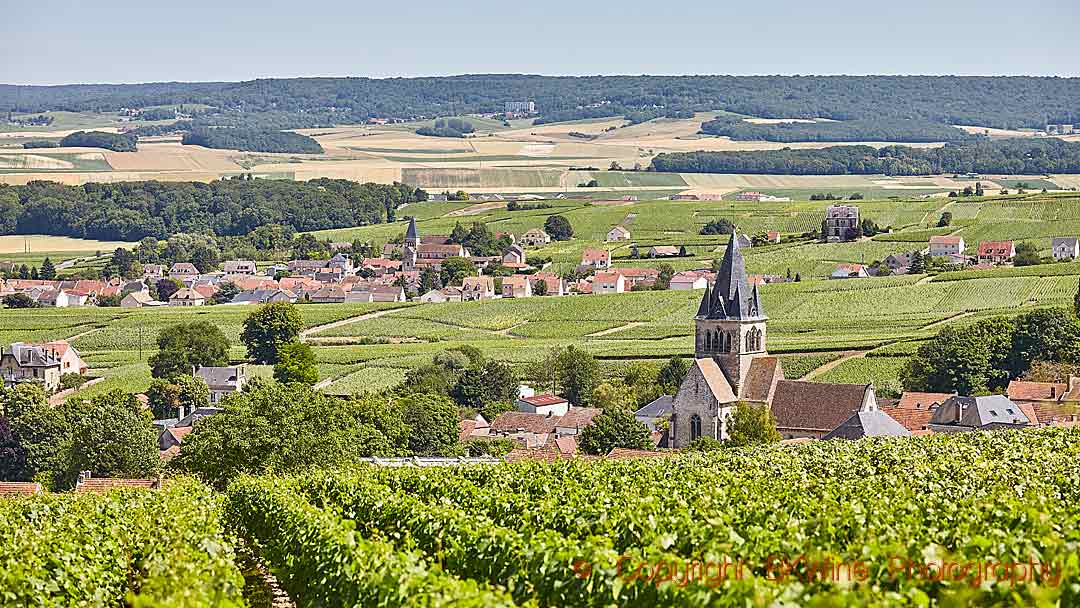
Champagne has more or less reached its ceiling for production capacity. The appellation Champagne is fully planted, new plantings are not possible. The Champagne area of 34,800 hectares was established in 1927 and the surface has not been expanded since. In 2019, 360 million bottles of Champagne were produced with an average yield of 12,361 kilo per hectare (ca 80 hl/ha, 5.5 ton per acre). Total sales amounted to 298 million bottles.
Theoretically, if the maximum permitted yield was attained, it would perhaps be possible to produce around 400 million bottles a year, at most. But given the weather, and, perhaps even more so, the uncertainty of the market, it seems unlikely. Sales of the last five years have been as follows:
- 2019: 298 million bottles
- 2018: 301 million bottles
- 2017: 307 million bottles
- 2016: 306 million bottles
- 2015: 312 million bottles
If the demand for sparkling wine decreases, how will Champagne cope? In Champagne, they sometimes say that their wines do not compete with other sparkling wines. Maybe this is true to some extent. It is still an unbeatable advantage for Champagne to have its brand, such a well-established image of prestige. Champagne is undoubtedly one of the world’s most famous and successful brands.
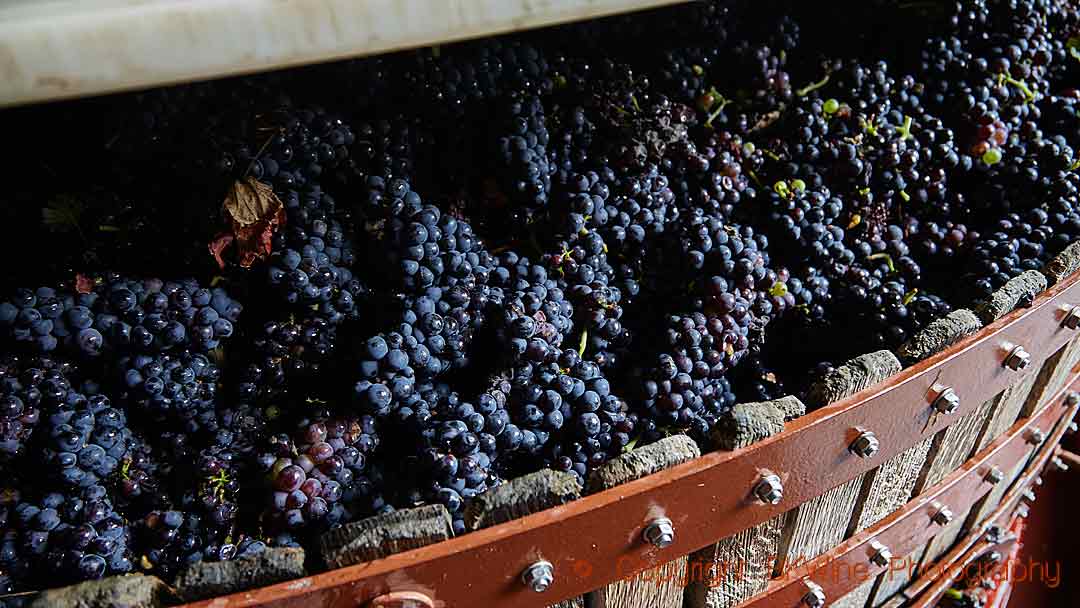
But Prosecco, Spanish Cava and others are coming closer. The quality is getting better and they can offer very good value for money. Champagne will have to make an effort to maintain its attractiveness. The trend to invest more in expensive prestige Champagnes to attract consumers outside of Europe and to further emphasize the wine’s exclusivity is perhaps one way to go.
For certain consumers, the environmental issues may be more important. Champagne was a late starter but is now investing heavily in environmentally friendly measures, especially sustainability. They already show some good results such as reduced carbon dioxide emissions (“greenhouse gases”), reduced use of nitrogen fertilizer and reduced use of pesticides.
Crémant
The second big sparkling wine in France is crémant and these wines have had great success lately. Eight regions of France can make crémant: Alsace, Burgundy, Bordeaux, Limoux, Loire, Jura, Die and Savoie. Together, they produce 110 million bottles, a third of the Champagne production. The largest crémant producers are Alsace and Burgundy. Together they account for about 50% of the production.
All crémant is made with a second fermentation in the bottle. Each region uses its own local grape varieties so the character will differ between the regions. The minimum time for bottle ageing before commercialization is 12 months, of which 9 months must be ageing on the lees.
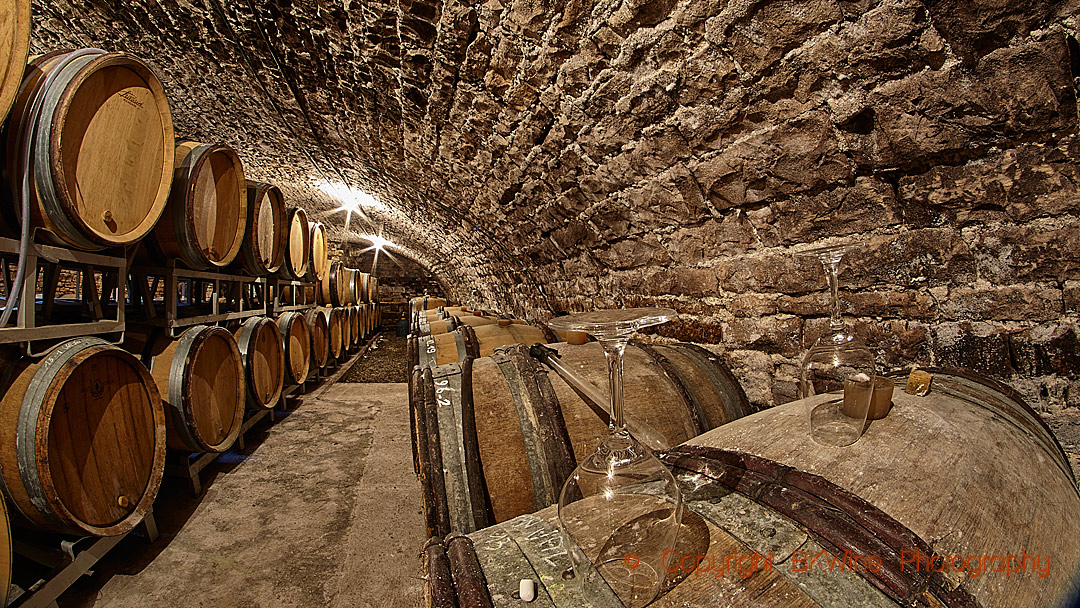
It started in Alsace. In 1976, the region obtained its AOC crémant d ‘alsace. In the very beginning, however, a crémant was a sparkling wine from Champagne with lower pressure than a champagne, around three bar instead of six bar in a champagne. The most famous version was the crémant de Cramant. In the 1970s it was a wine that was unfashionable and very little produced. So, it was probably no major sacrifice for Champagne to stop using the term. Especially since the crémant producers had to promise to refrain from using the word méthode champenoise.
Crémant d’alsace has had a tremendous success in recent years. Sales have increased from 1 million bottles sold in 1979 to today’s over 30 million. Today, this sparkling wine accounts for more than a quarter of Alsace’s total wine production.
Crémant de Bourgogne, from Burgundy, and crémant de loire both have a production of around 20 million bottles each. The remaining five all make small volumes.
Crémant exports have increased substantially over the past years. Crémant producers in Loire and Burgundy now export about 45% of their production, in Alsace about 20%.
Spain, cava catching up but prices are low
Spain produces 260 million bottles (2.1 million hl) of sparkling wine. The vast majority of this is cava.
Spain is the third largest exporter of sparkling wine, with a quantity just below France’s. 225 million bottles are exported, mainly to the United States, Germany and Belgium. However, Spain exports a much larger proportion of its production of sparkling wine than France. In 2018 it was no less than 88%. But at much, much lower prices.
Cava experienced a major upswing in the beginning of the new century and thanks to that, Spain has doubled the volume of its exports since 2002. The export value is 0.5 billion euro, which is only 7% of the total export value of sparkling wine in the world.
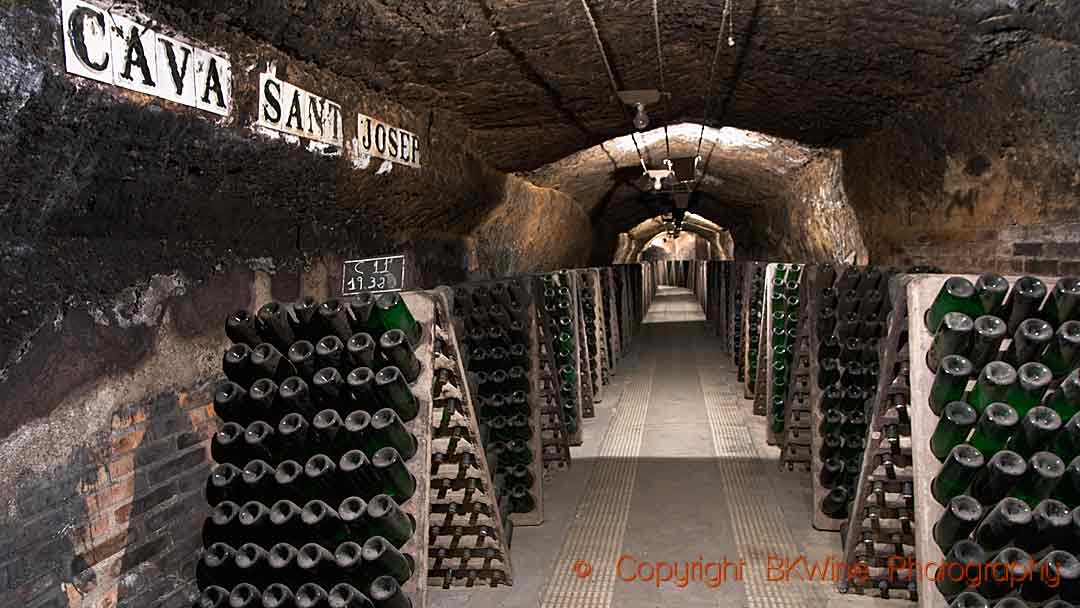
Cava
244 million bottles of cava were made in 2018, from around 93,000 acres (38,000 ha). Cava can be produced throughout Spain, but most of it is made in Catalonia. A cava is always produced with the second fermentation in the bottle and with at least 9 months of bottle ageing on the lees.
In 2018, 165 million bottles of cava were exported, which is 67.5% of total cava production. This was a 1.8% increase in volume and a 4.3% increase in value from the year before. In ten years, exports of cava have increased by more than 25%. Twice as much is exported as is sold domestically.
Cava’s reputation has increased significantly in recent years, not least because some producers, often smaller growers, have shown that it is possible to make Cava of high-quality and character. The Cava industry is dominated by the two large houses Codorníu and Freixenet (now owned by the German Henkell) and it is not always easy for smaller producers to get attention.
By introducing different categories of Cava, the DO Cava Regulatory Board now wants to motivate the producers to raise the quality and thus also the status of the wine and, by extension, the selling price. The cava de paraje calificado category was created in 2017 with this in mind. This category requires at least 36 months of ageing. In addition there are cava reserva with at least 15 months of ageing and cava gran reserva with at least 30 months.
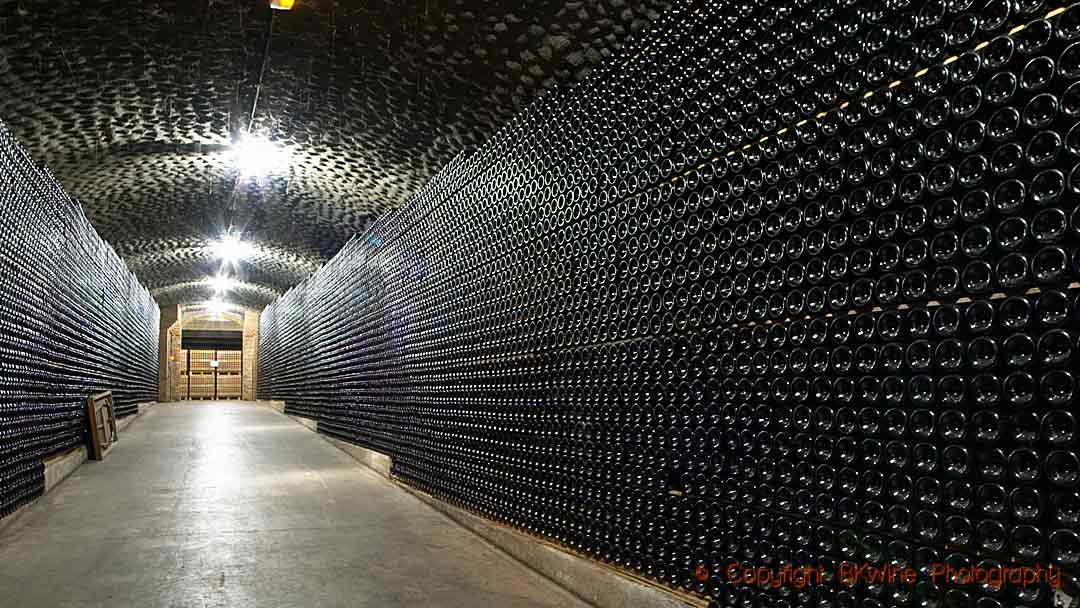
However, the traditional cava category which requires no more than 9 months of ageing, dominates by far the production with 212 million bottles (86% of the production).
Some are still not satisfied despite the introduction of cava de paraje calificado with its strict rules. Nine producers have formed a breakout group called corpinnat with even stricter rules for viticulture and production. What the consequences for the DO Cava will be – if any – remains to be seen.
Spain is very far behind France and Italy when it comes to export prices (and this applies not only to the Spanish sparkling wines but also to still wines). The Spaniards need to figure out how to make the export market better value their wines. There are some positive signs. In 2018, production of the more expensive Cava categories increased. Organic cava increased by 76% and gran reserva and cava de paraje calificado by 20%.
Germany, the biggest consumer in the world
Germany makes 350 million bottles of sparkling wines. The Germans love their Sekt, the local name for sparkling, and the country is the biggest consumer of sparkling wines in the world. Germany is also the wine country that produces the largest proportion of sparkling wine. In 2018, the sparkling wine accounted for a massive 28% of its wine production.
In addition, we find the world’s largest producer of sparkling wine in Germany. Henkell & Co became biggest in the world when they bought the Spanish cava producer Freixenet in 2018. Henkell now accounts for 8% of the world production of sparkling wines.
Most of the Sekt made in Germany is not very prominent. But in recent years the country has received praise for its small (but growing) quantity of high-quality Sekt. You can find some outstanding Deutscher Sekt bestimmter Anbaugebiete (b.A.) from one of the country’s 13 wine regions. These are usually done with tank fermentation but some are bottle fermented. Winzer Sekt (grower Sekt) must be made using the traditional method, i.e. with the second fermentation in bottle.
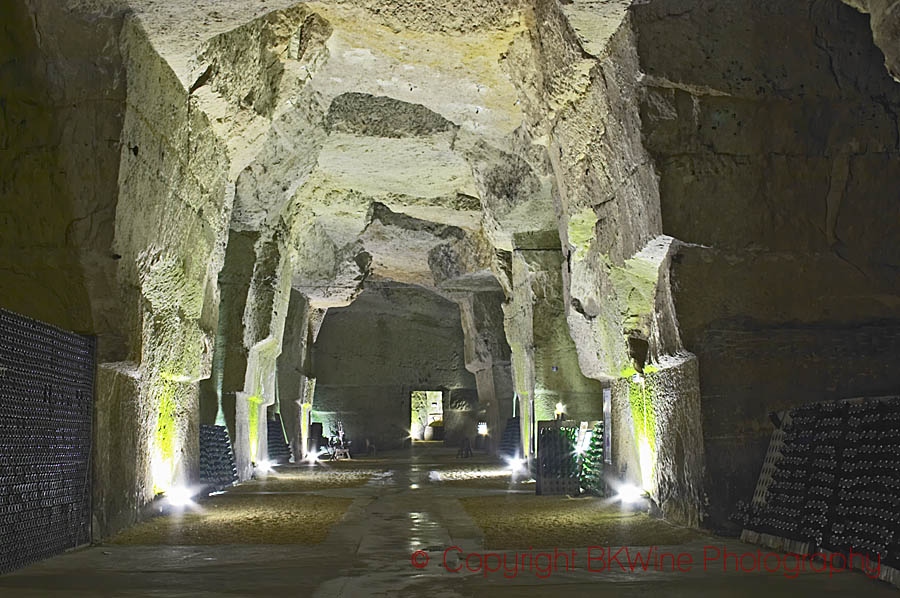
United States, growing consumption and production
In the United States the production of sparkling wine is 162 million bottles. Since 2008 the production has increased yearly with 4%.
The consumption of bubbles in the US has also increased considerably (a yearly 7% increase 2008-2018). USA is number 3 in the world, after Germany and France, when it comes to consumption of sparkling wine. Around 300 million bottles are consumed every year in the United States. Around half of these have been produced in the US, primarily in California.
Champagne accounts for 6% of US consumption. Or rather, Champagne from the region of Champagne. Some American producers are allowed to call their sparkling wine Champagne, under certain conditions, which vexes the Champagne producers. The vineyard must have been founded before March 2006 and the geographical origin must be stated together with the word Champagne, eg. California Champagne.
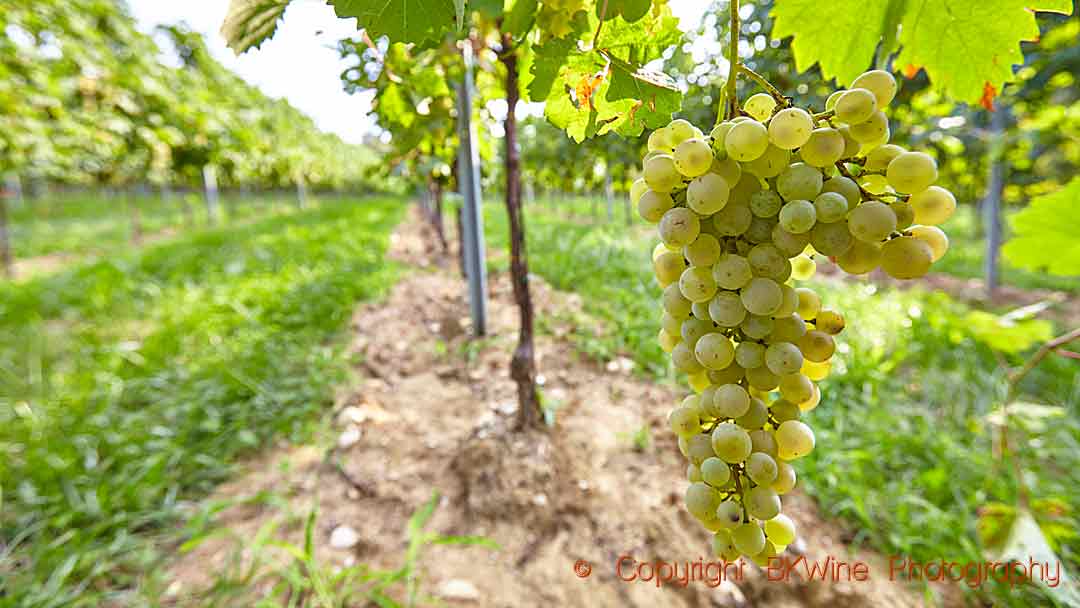
Dry or sweet?
I think many people have bought a prosecco dry or extra dry and thought they were buying a dry wine. But they did not. The special language for sparkling wines that Champagne has made known worldwide applies to all sparkling wines, at least those produced within the EU but a similar terminology has been adopted in many other places. Thus, the following applies to the sugar content or sweetness:
- Brut Nature: no dosage (no added sugar) and less than 3 grams of residual sugar (RS, non-fermented sugar) per liter
- Extra Brut: between 0 and 6 grams of RS per liter
- Brut: less than 12 grams RS (so 0-12)
- Extra dry/extra sec: between 12 and 17 grams RS
- Dry/sec/trocken: between 17 and 32 grams RS
- Demi-sec/halbtrocken: between 32 and 50 grams RS
- Doux/mild: more than 50 grams RS
(Worth noting that a wine with e.g. 1 g RS thus can be called brut nature or extra brut or brut. The pronunciation of brut is approximately “broot”.)
Statistics from www.oiv.int, www.docava.es and wineinstitute.org




